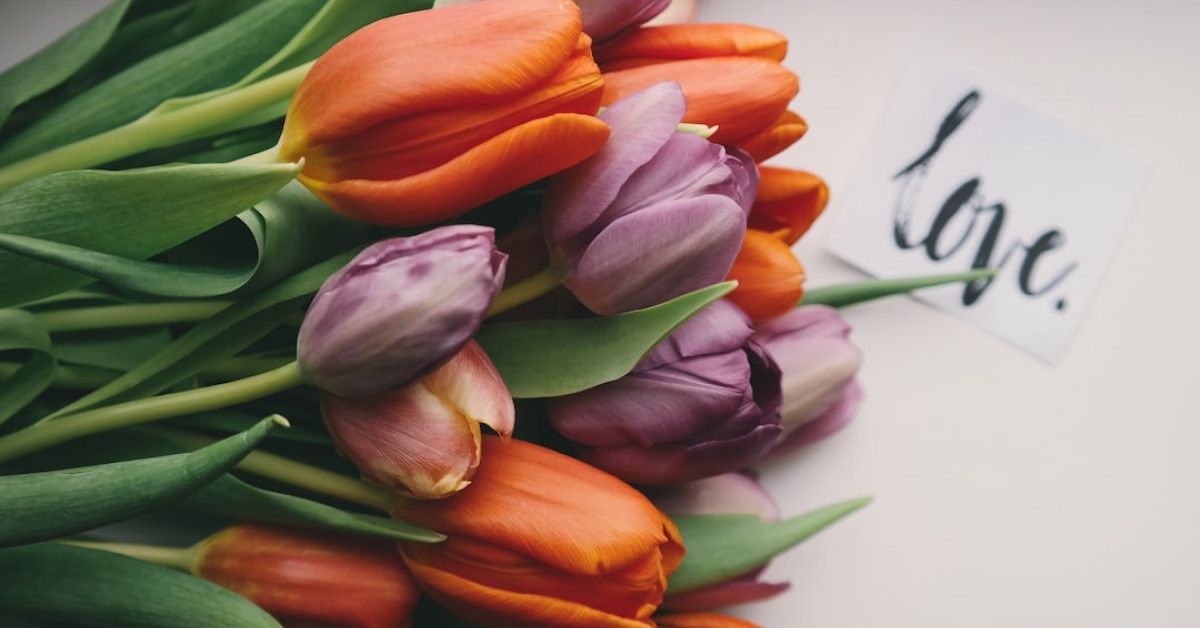Love knows no boundaries, and in a multicultural relationship, expressing love becomes even more important. When two people from different cultures come together, they bring their unique traditions and languages, which can enrich their relationship in incredible ways. In this article, we will explore the various ways to express love in every language through romantic gestures. Whether it's saying "I love you" in a different tongue or incorporating cultural traditions, these gestures will create a deeper connection between partners. So, let's dive into the world of multicultural romance and discover how to express love in every language.
The Importance of Multicultural Relationships
Multicultural relationships offer a wealth of opportunities to learn about different cultures, traditions, and languages. These relationships provide a unique perspective on the world, promoting understanding and acceptance. Love between partners from different cultural backgrounds creates a rich and diverse environment where both individuals can grow and learn from each other. These relationships challenge preconceived notions and foster open-mindedness, making it a beautiful journey of discovery and love.
Language as the Key to Express Love
Language plays a vital role in any relationship, allowing partners to communicate their feelings, emotions, and desires. When it comes to expressing love, knowing and using the right words in your partner's language can deepen the connection on a whole new level. It shows effort and genuine interest in the other person's culture and demonstrates a willingness to connect beyond language barriers. Let's explore some powerful romantic gestures that transcend cultures and languages.
Saying "I Love You" in Different Languages
The phrase "I love you" carries immense weight and holds significant importance in any relationship. Saying it in your partner's native language is a heartfelt gesture that will touch their heart. Here are some translations of "I love you" in different languages:
- French: Je t'aime
- Spanish: Te amo
- Italian: Ti amo
- German: Ich liebe dich
- Portuguese: Eu te amo
- Russian: Я тебя люблю (Ya tebya lyublyu)
- Japanese: 愛してる (Aishiteru)
- Chinese: 我爱你 (Wǒ ài nǐ)
- Korean: 사랑해 (Saranghae)
- Arabic: أحبك (Uhibbuka)
By learning and using these phrases, you can express your love in a way that resonates with your partner's cultural background.
Cultural Traditions and Romantic Gestures
Incorporating cultural traditions into your relationship is another beautiful way to express love in every language. These gestures embrace the uniqueness of your partner's heritage and create lasting memories. Here are some cultural traditions and romantic gestures that can add depth and meaning to your relationship:
1. Celebrate Festivals Together
Every culture has its own unique festivals and celebrations. By participating in your partner's cultural festivals, you not only learn about their traditions but also create special memories together. It shows your willingness to embrace their culture and build a harmonious blend of traditions. Whether it's Diwali, Christmas, or Hanukkah, celebrating these festivals with your partner can create a strong bond between you.
2. Cook Traditional Meals
Food is an integral part of any culture, and sharing traditional meals is a wonderful way to connect with your partner's roots. Learn to cook their favorite dishes and surprise them with a homemade meal that reflects their culture. Sharing a meal together strengthens emotional bonds and creates a sense of intimacy and comfort.
3. Learn Traditional Dances
Dance is often used as a form of expression in many cultures. Learning your partner's traditional dance can be a beautiful gesture of love and dedication. Take dance lessons together or surprise them by performing a dance that you've practiced in secret. It will not only showcase your love but also demonstrate your commitment to understanding their culture.
4. Exchange Cultural Gifts
Gift-giving is a universal expression of love and affection. By exchanging cultural gifts, you showcase your interest in your partner's heritage. It could be a traditional piece of jewelry, a book, or an artifact that holds cultural significance. These gifts symbolize your appreciation for their culture and become cherished mementos of your relationship.
The Power of Non-Verbal Communication
While language is undoubtedly important, non-verbal communication can transcend linguistic barriers and convey powerful messages of love. Non-verbal gestures, such as touch, eye contact, and body language, can express love in every language. Here are some powerful non-verbal gestures to consider:
1. Holding Hands
Holding hands is a universal symbol of love and affection. It creates a sense of closeness, security, and intimacy. The simple act of intertwining your fingers with your partner's instantly conveys your love without the need for words.
2. Hugs and Embraces
Embracing your partner in a warm hug can communicate love and comfort. It creates a safe space and shows your affection in a physical and nurturing way. The length and intensity of the hug can vary depending on cultural norms and personal preferences.
3. Eye Contact
Maintaining eye contact while conversing is a powerful gesture that shows attentiveness and genuine interest. It conveys a deep connection and allows you to communicate without words. Eye contact can be particularly meaningful when expressing love or sharing intimate moments.
4. Acts of Service
Actions speak louder than words, and acts of service are a demonstration of your love and commitment. Small acts of kindness, such as cooking a meal, doing household chores, or running errands, show your partner that you care for their well-being and happiness.
Comparison Chart: Romantic Gestures in Multicultural Relationships
| Gesture | Meaning and Significance |
|---|---|
| Saying "I Love You" | Expressing deep affection and emotional connection in your partner's native language. |
| Celebrating Festivals | Embracing and participating in your partner's cultural traditions and celebrations. |
| Cooking Traditional Meals | Sharing food and creating a sense of unity through traditional cuisine. |
| Learning Traditional Dances | A beautiful expression of love and dedication to your partner's culture. |
| Exchanging Cultural Gifts | Symbolizing appreciation for your partner's heritage and creating lasting memories. |
| Holding Hands | Creating a sense of closeness, security, and intimacy. |
| Hugs and Embraces | Providing physical comfort, love, and nurturing. |
| Eye Contact | Conveying attentiveness, deep connection, and interest. |
| Acts of Service | Showing love and care through actions and small acts of kindness. |
Conclusion
In a multicultural relationship, expressing love in every language is a beautiful endeavor that deepens the connection between partners. By learning to say "I love you" in your partner's native language and incorporating cultural traditions and gestures, you can create a rich and meaningful relationship that transcends linguistic barriers. Non-verbal communication, such as holding hands, hugs, eye contact, and acts of service, also play a significant role in expressing love in every language. Remember that love knows no boundaries, and by embracing and appreciating your partner's culture, you contribute to a more inclusive and loving world. So, go ahead and express your love in every language, making your relationship a true celebration of diversity and love.

